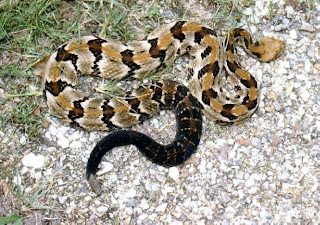When I was growing up we called our house a two-story. Today it would be known as a story and a half as the walls near the eaves upstairs were only about four feet high. To reach the top floor there was a set of stairs consisting of 9 steps up to a landing where the stairs turned a right hand corner and continued up four more steps. The top of the steps ended at another right hand corner into a hallway. Beneath those stairs was another set of stairs descending to the cellar.
Beneath the hallway, next to the stairs, was a closet, but for whatever reason the closet didn’t continue the length of the stairs. Near the outside wall of the house was, and is, a blank space of about four feet in width and length, and the height of the downstairs rooms.
When I was a very young child my older brothers pointed this area out to me, telling me it was the ghost closet. Their version was that if the house ever collected any ghosts, that is where they had to stay. It seemed to me a very good place for them at the time. As there was no door they were locked in there. That is until they informed me that ghosts didn’t need doors, they could pass right through walls without them. That’s why it was a ghost closet. No one else could use it.
When I was about six or seven, Dell was a couple of years older, and Ron another couple of years older yet, we all caught the measles somehow. The cure at the time was to keep the victims in a dark room and wait. Mom covered the dining room windows with blankets, set up a double bed there, and the three of us spent the next four days there. I remember waking, feverish, in the night, and recalling I was in the room next to the ghost closet. I watched it with fearful eyes until I fell back to sleep. I just knew something spectral was going to come floating through the wall and move about the room. It never did, but you couldn’t have convinced me it was not going to happen.







































